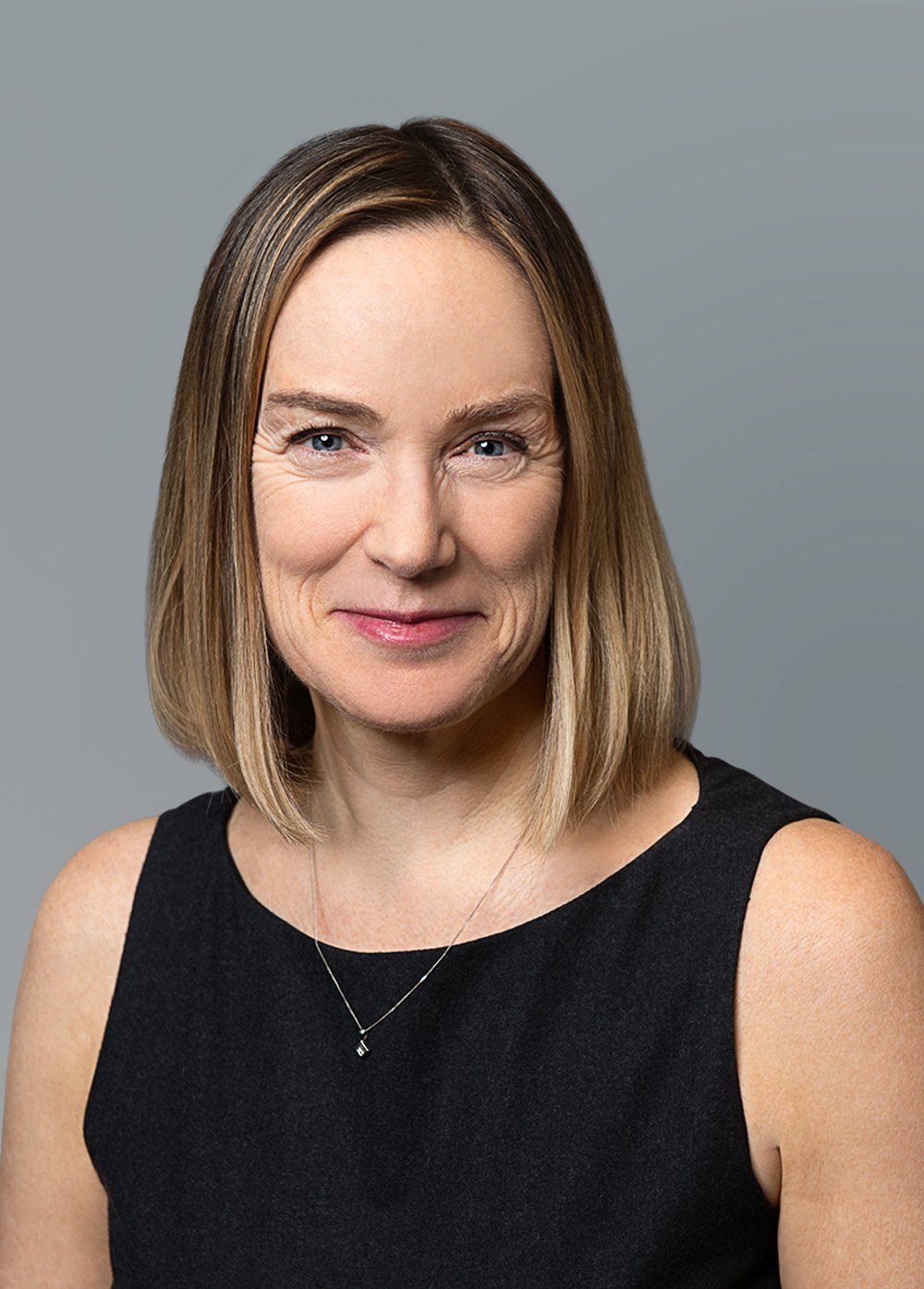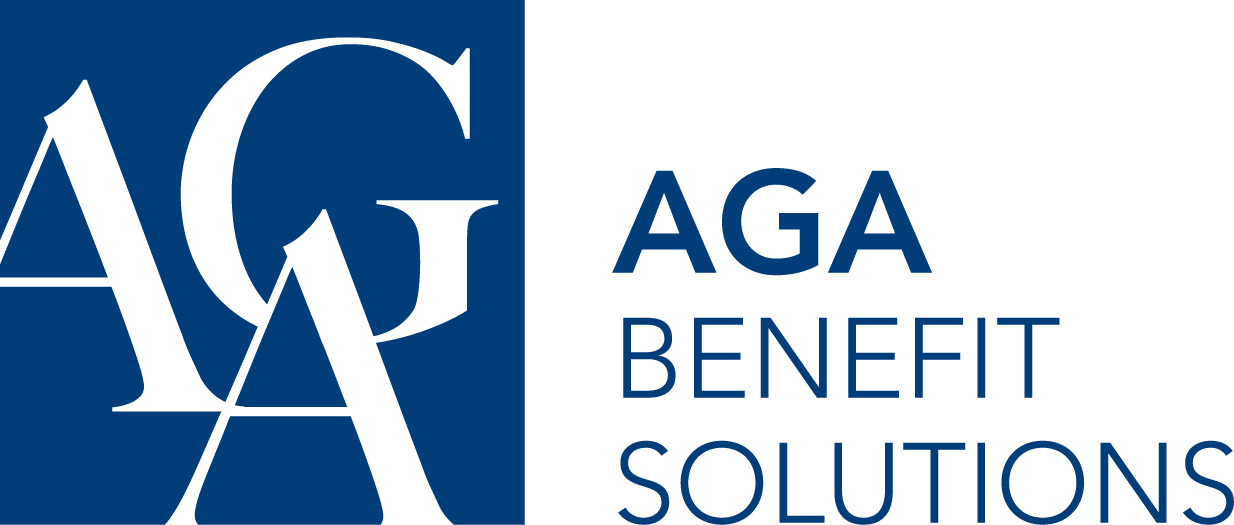Prescription drug insurance: Is your plan too costly?

You just received your premium renewal for your group insurance plan, and the cost is going up... again! You ask your broker how to address the issue and he proposes a range of options to reduce health care coverage. This will not be welcomed by your employees, but what else can you do? You could begin by ensuring you are making full use of all the means at your disposal to manage prescription drug insurance costs as effectively as possible without any coverage reduction. Read on and find out how!
Solutions you cannot do without
1. Mandatory generic substitution
According to Telus Health, more than 80% of Quebec employers now have generic substitution in order to reduce prescription drug insurance, including 71% with a mandatory substitution, i.e. a substitution that cannot be bypassed by simply indicating “do not substitute” on the prescription, unlike standard generic substitution. These numbers demonstrate that generic substitution is widely accepted and implemented across insurance plans. The question thus becomes: Generic substitution: Can you afford to do without it?
2. Maximum annual out-of-pocket amount
Under the provisions of the Quebec general prescription drug insurance plan, drugs must be fully reimbursed once the out-of-pocket amount paid by the insured person reaches a certain limit, which is indexed yearly. Some contracts still use a fixed amount, depriving the plan of potential savings. Check the relevant clause in your contract and adjust it if necessary.
3. Managing members over 65
All Quebec residents are automatically eligible for coverage under the RAMQ general prescription drug insurance plan when they turn 65. At that age, they are legally free to choose between the public plan and their employer’s plan. Although you cannot force them to switch to RAMQ, you can provide a strong incentive to do so by charging an additional premium to those who wish to remain with your plan. The vast majority of employers have adopted this practice. For more information, read our related article.
4. Prior authorization
Specific reimbursement criteria have been developed for some expensive or frequently used drugs, in order to control their use. In such cases, a prior authorization form must be completed and approved for the prescribed drug to be paid. This practice ensures the right medication is given to the right person according to the proper therapeutic indications. Ask your advisor or your insurer if the list of drugs requiring prior authorization is optimal in your contract.
5. Awareness, education and communication
Finally, substantial savings can be made by simply informing your employees of good prescription drug consumer behaviour. Have a look at our video featuring 4 simple things you can do to save big on drug costs.
Innovative solutions that are gaining in use
Some more recent cost management measures are not yet widely used in the market, but they deserve being mentioned as they will become increasingly popular over the coming years.
Maximum amounts, optimal quantities and frequency
Several provincial public medicare plans (including in Quebec) have introduced maximum amounts, quantities or renewal frequency in order to control their growing costs. These measures target low unit cost drugs that are used very frequently by a high number of patients.
Below are a few examples taken from RAMQ:
- The number of blood sugar test strips payable is now limited to a maximum that varies according to the treatment received by each diabetic patient (i.e. based on the risk of hypoglycemia associated with each class of drugs).
- The proton pump inhibitors (PPI, used for treatment of stomach disorders) are covered for a maximum of 90 days per year, consecutive or not.
- The maximum per pill price reimbursed for a PPI is $0.36 (equal to the lowest generic price for this drug class). This measure, in effect since 2013 at RAMQ, has resulted in multi-million dollar savings.
Managed drug list
According to Telus Health Solutions, specialty drugs (over $10,000 per year) now represent 26% of the total drug costs vs. 14% in 2010, i.e. an average annual increase of 16.2% over the last 8 years vs. 1.6% for other prescription drugs.
To better control this explosion in the use of specialty drugs and related costs, managed drug lists are being introduced on the market. For a drug to be approved and included in the list, it must be subject to prior clinical and pharmacoeconomic assessment. Based on the results, the drugs may be totally excluded (subject to minimum RAMQ coverage in Quebec) or covered only for some therapeutic indications or according to very specific criteria.
Where should you start to save on prescription drug insurance?
Make a list of everything you are currently doing and what else you could do. Your AGA advisor can help and assist you in quantifying the potential savings generated by the cost management measures you would like to implement. Each change will have to be effectively communicated to employees in order to manage their expectations and help them adapt their behaviour so as to minimize the impact of these changes on their out-of-pocket expenses. Everyone will come out a winner!






